#japan
Abandoned History: Daewoo Motors, GM's Passport to International Sales (Part II)
We return to our Abandoned History coverage of Daewoo Motors in the early part of the Sixties. Korea was a newly independent nation still in the process of building its economy after many decades of Japanese occupation. The new Korean government seemingly relied on two tenets in its earliest years: Centralized control and openness to bribes.
Both those factors were at play when the government handed the production of all passenger cars to a single company, Saenara Motors. Via a huge loan and technical assistance from Nissan, Saenara built Korea’s first car, the Saenara (Datsun) Bluebird via knock-down kits assembled in South Korea. But once the government noticed there was too much capital flowing out of the country, they banned Saenara from buying more kits from Japan. The scraps of bankrupt Saenara were picked up by another company, Shinjin.
Rare Rides Icons, The Nissan Maxima Story (Part IV)
After its short-lived first generation outing as a rear-drive car from 1981 to 1984, the PU11 Maxima of 1985 adopted the front-engine, front-wheel drive format the Maxima kept permanently. But that wasn’t the only precedent set by the PU11, as Nissan decided to move forward with V6 engine configurations and leave the inline-six in the past.
The addition of the sporty SE trim with its monochromatic details, and fancy electronic options like a Sonar Suspension System were both indications of where Nissan was headed with the Maxima. It was a sportier and more interesting direction than its stiffest competition, the staid and conservative rear-drive Cressida. Sales showed what buyers preferred, as the Maxima outsold the Cressida many times over throughout the mid-Eighties. And at the end of the decade, Nissan gave customers more of what they wanted with the very first 4DSC, a four-door sports car.
Japan Says America’s Updated EV Tax Credits Are Illegal
Following the passing of the U.S. “ Inflation Reduction Act,” South Korea came to the defense of Hyundai Motor Group to urge America to postpone things until the automaker completed a facility in Georgia intended to manufacture all-electric vehicles. Hyundai chairman Chung Eui-sun had reportedly expressed serious concerns that revamping and renewing the EV credit scheme disproportionately advantaged certain manufacturers – sending the Korea Automotive Industry Alliance into lobbying overdrive.
Abandoned History: Daewoo Motors, GM's Passport to International Sales (Part I)
Sometimes all it takes is a Tweet to generate a new Abandoned History series. A seemingly simple request: coverage of some GM models from the early 2000s, specifically a Daewoo. But there’s a long, winding, and dramatic history behind Daewoo Motors. The company’s origins trace back to the 1930s, and the very first Korean car.
Throughout the ensuing decades, Daewoo Motors was formed, reformed, bought and sold, and generally passed around in Korea. Along the way, it offered other brands’ vehicles, its own, and even purchased a smaller carmaker. So sit back and relax as we travel to Korea in 1937, during the latter part of the country’s Japanese occupation.
Rare Rides Icons, The Nissan Maxima Story (Part III)
After its first few years as an 810, 910, Datsun by Nissan, Maxima by Datsun, Datsun/Nissan, and similar, the Maxima settled into its permanent home under Nissan branding. The well-equipped compact sedan sold over 198,000 copies in the United States between 1982 and 1984 (‘82 is the earliest year sales data is available) before an all-new Maxima arrived in 1985. With its second generation, Nissan veered off to distinguish the Maxima from its most direct competition, Toyota’s Cressida. Picture it, October 1984.
Rare Rides Icons, The Nissan Maxima Story (Part II)
Rare Rides Icons, The Nissan Maxima Story (Part I)
With the recent and not surprising news of the Nissan Maxima’s planned demise in 2023, it’s time for a Rare Rides retrospective on a nameplate that was once lauded as one of the best sporty sedans on the market. From its origins as a rear-drive Datsun to the eighth generation that’s a shadow of its former self, the Maxima persisted with its unique value proposition: That it was a step up from the standard Japanese family sedan. Our story begins in Japan, with the Bluebird range.
Rare Rides: The 1996 Toyota Classic, Truck-based Throwback
Today’s Rare Ride is brought to you by a Tweet that featured today’s subject and was the exact moment your author became aware of its existence. Released in the Nineties prior to the American retro styling craze, the Classic was a limited edition sedan sold only to Japanese customers. Curious yet?
Rare Rides Icons: The History of Kia's Larger and Full-size Sedans (Part IX)
It’s time once again for more Kia large sedan goodness. Like last time, we pick up in the early 2010s. Kia’s second full-size sedan developed under Hyundai’s controllership was the K7, or Cadenza in all markets outside South Korea. Pitched as a value-priced premium front-drive car, it competed against the likes of the Toyota Avalon and Nissan Maxima, but lacked any defined comfort or sporty characteristics. Cadenza also had a bland corporate design courtesy of the company’s new Euro-like styling mission, and former VW designer Peter Schreyer.
Shortly after the Cadenza went on sale, Kia turned its sights toward an even larger sedan: A new rear-drive one to occupy the luxury space, a class above the Cadenza. It was the largest car Kia offered in nearly two decades, the first rear-drive Kia since the (Mazda Sentia) Kia Enterprise of 2002, and the first rear-drive sedan Kia ever sold in the North American market. It’s time for K9.
Rare Rides Icons: The History of Kia's Larger and Full-size Sedans (Part VIII)
We return to Kia’s large sedan history today, at a point shortly after the launch of the K7. Kia’s full-size front-drive for the 2010s, the K7 was called Cadenza in all export markets, and was a successor to the unfortunately styled Opirus (Amanti in North America). Kia hired Peter Schreyer from his longtime employment at Volkswagen Group in order to usher in a new stylistic era at Kia.
Though it went on sale for the 2010 model year, Kia wasn’t quite ready to send the Cadenza to the North American market. With the market’s general rejection of the Amanti in mind, Kia called on Schreyer to refresh the Cadenza and lux it up before its North American launch.
Rare Rides Icons: The History of Kia's Larger and Full-size Sedans (Part VII)
We return to Kia’s midsize-or-larger sedan history today in the latter portion of the 2000s. In our last entry, we learned about the Optima, which arrived as Kia’s first midsize developed under Hyundai’s majority ownership. Sensibly the Optima was a light rework of Hyundai’s Sonata, and the two shared almost everything (including very poor crash safety ratings).
On the more executive full-size side of the lineup, Kia’s Opirus was the first large car developed under Hyundai ownership. It shared a platform with the Grandeur (XG350 to you). While the Opirus saw okay sales in most markets, it failed in North America where it was sold as the Amanti. Very few North Americans wanted a $39,600 (adjusted) Kia, no matter how many luxury styling touches it borrowed from other brands. And so the Amanti was canceled after 2009 locally (2012 elsewhere). By that time its replacement was already on sale. Meet K7.
Toyota and Subaru Recalling EVs Over Loose Wheels
Toyota and Subaru are recalling their new all-electric models, though EV fans will be pleased to know that the issue has nothing to do with the battery packs. Instead, the affected vehicles run the risk of losing their wheels under sudden braking or sharp turns — which I suppose isn’t much of an improvement over the possibility of an electrical fire.
The good news is that the problem is limited almost entirely to demo models of the Toyota bZ4X and Subaru Solterra the companies wanted to use for promotional purposes. While they may eventually have found their way into residential garages, the original intent was to have them attend trade events and serve as test models on dealership lots. That’s likely to remain the plan, too. But only after the automakers comply with the demands of Japanese regulators.
Rare Rides Icons: The History of Kia's Larger and Full-size Sedans (Part VI)
We return to the story of Kia’s midsize and larger sedans today, around the point when Kia found itself under the watchful eye of Hyundai. The larger South Korean company purchased a controlling stake in its competition in 1998, which meant big changes to Kia’s product almost immediately after.
The union led to the first full-size luxury sedan Kia developed from the ground up, the Opirus (Amanti to you). It turned out the Amanti was the derivative and rather ugly sedan few in North America desired, though it fared a bit better elsewhere. But by the time the Amanti arrived, Kia was already selling a new midsize that North Americans did want. Let’s talk Optima.
Rare Rides Icons: The Ford Festiva, a Subcompact and Worldwide Kia by Mazda (Part IV)
We reached a conclusion to the first Ford Festiva (or Kia Pride, Mazda 121, SAIPA, etc.) in our last installment, which saw the little hatchback finalize its Ford duties in 1993 and its Kia responsibilities in 2000. And while it continues life today as a Wallyscar in Tunisia, our coverage here moves on to Ford’s not-so-anticipated follow-up entry to Festiva, another Festiva! It’s an Aspire to you.
Rare Rides Icons: The History of Kia's Larger and Full-size Sedans (Part V)
In our last installment of Kia’s larger sedan history, we covered the midsize Credos. The Credos was an important first for Kia, as the first midsize the company produced where it had a bit of leeway with the design. Ultimately, the Credos hid its Mazda 626 bones decently well and did a good impersonation of a late Nineties Ford Contour after a refresh.
But just as Kia settled into Mazda platforms and designing their own sedans, the goalposts were moved courtesy of the 1997 Asian financial crisis. Kia was left without much money, and few options. We pick up there.



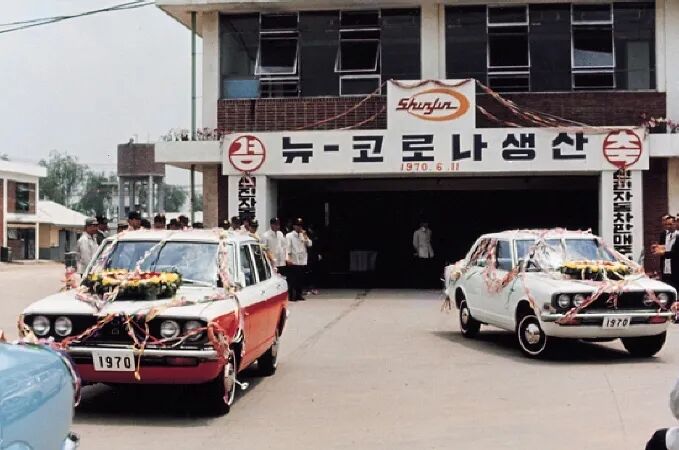
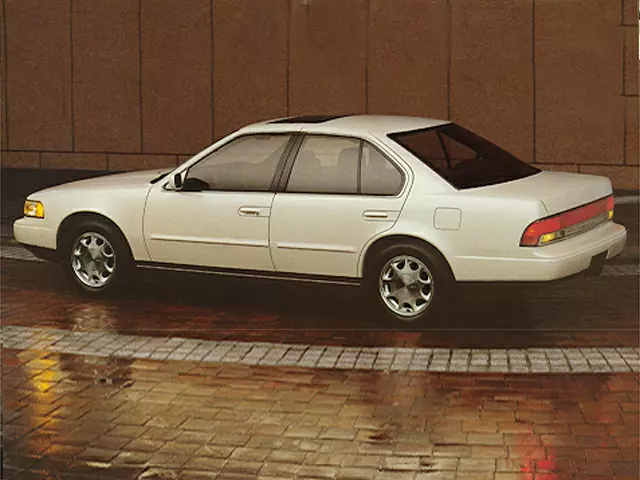

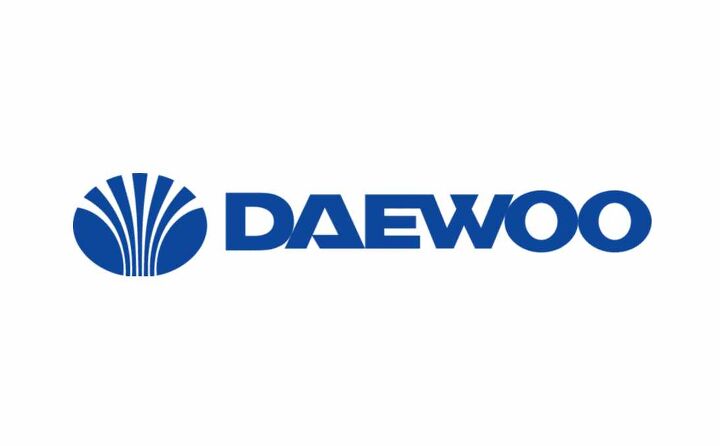

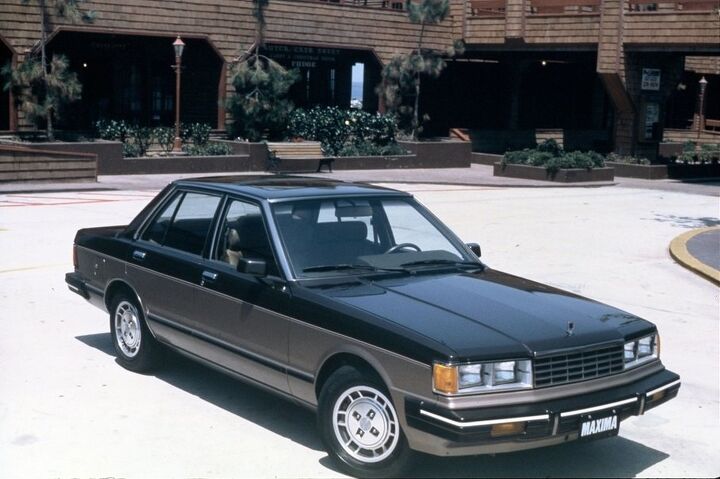
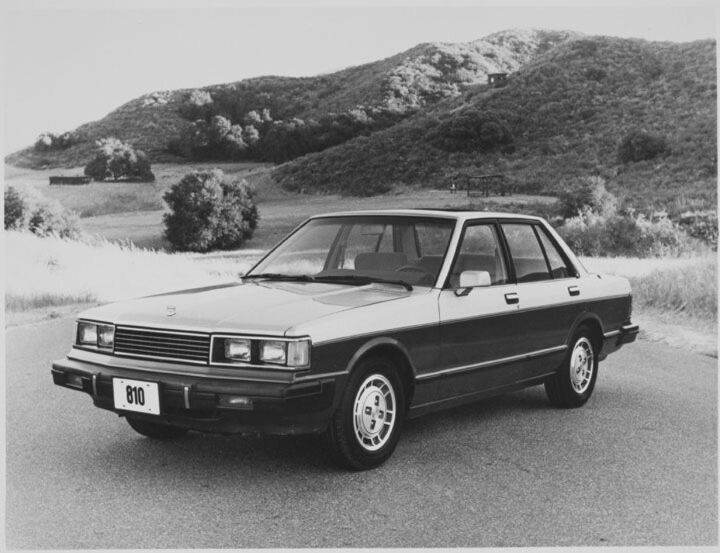
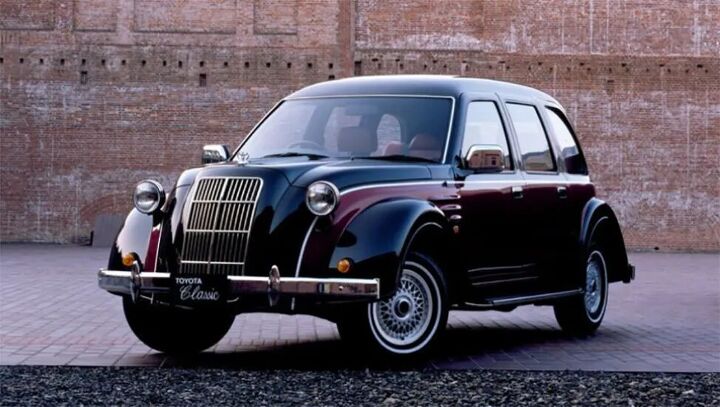

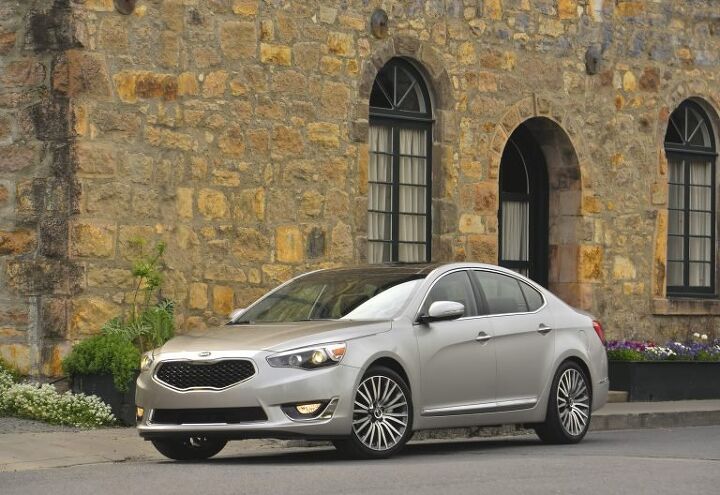

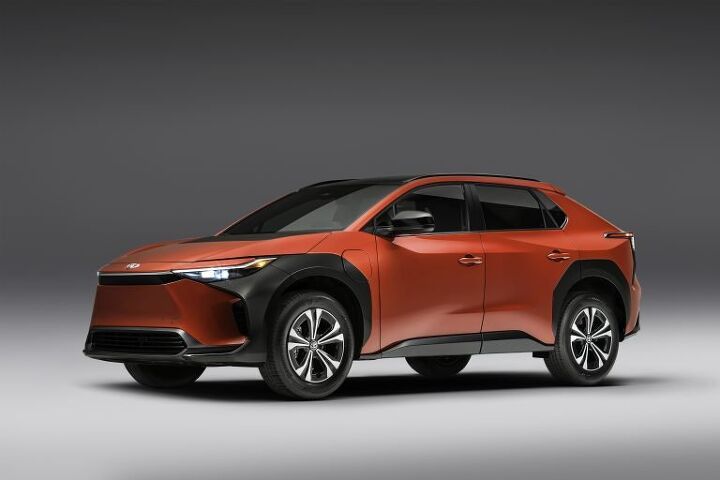















Recent Comments